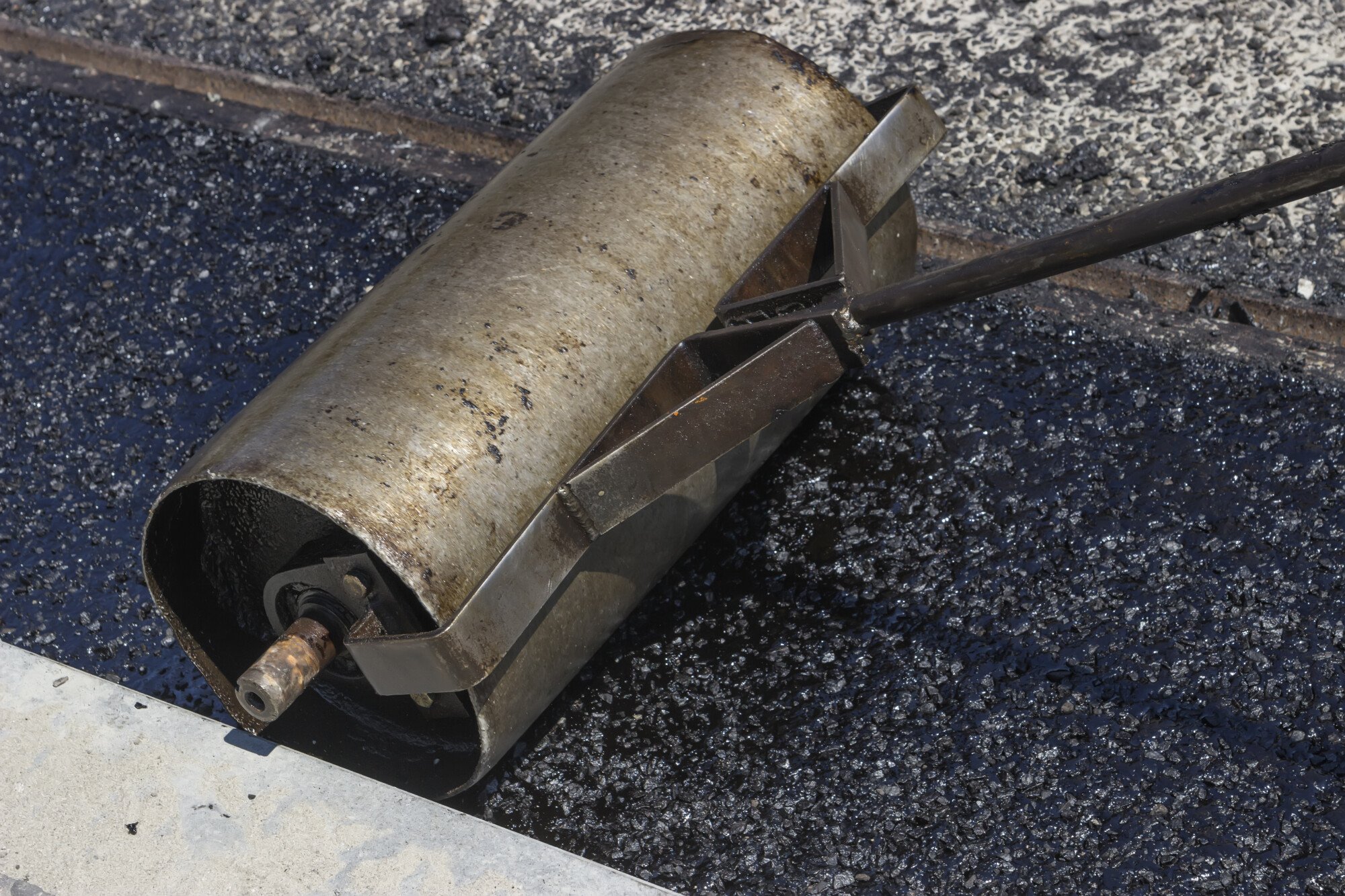Asphalt pavements are a significant investment for any property owner, offering durability, aesthetic appeal, and functionality. However, to ensure your asphalt surfaces remain in top condition and achieve their full lifespan, regular maintenance is essential. In this blog post, we will explore key asphalt maintenance tips that will help you keep your pavement in excellent shape for years to come.
1. Regular Inspections
One of the fundamental steps in asphalt maintenance is conducting regular inspections. Routine checks allow you to identify potential issues early, such as cracks, potholes, and drainage problems. Inspect your asphalt surfaces at least twice a year, preferably in the spring and fall. Look for signs of wear and tear, including surface cracking, fading, and areas where water tends to pool. Early detection of problems can prevent minor issues from becoming major, costly repairs.
2. Prompt Crack Sealing
Cracks in asphalt are inevitable over time due to temperature fluctuations, heavy traffic, and the natural aging process. If left untreated, these cracks can expand, allowing water to seep in and cause further damage to the pavement’s base layers. Prompt crack sealing is a critical maintenance step that involves filling the cracks with a high-quality sealant. This process prevents water infiltration, minimizes crack expansion, and extends the lifespan of your pavement.
3. Sealcoating
Sealcoating is a protective layer applied to the surface of asphalt pavements to shield them from the damaging effects of UV rays, moisture, and chemicals. This maintenance procedure enhances the appearance of your pavement by providing a fresh, black finish while also acting as a barrier against the elements. Sealcoating should be done every 2-3 years, depending on traffic volume and environmental conditions. Regular sealcoating can significantly prolong the life of your asphalt surface, saving you money on repairs and replacements in the long run.
4. Proper Drainage Management
Water is one of the leading causes of asphalt deterioration. Poor drainage can lead to water pooling on the surface, which can seep into cracks and weaken the pavement’s foundation. To prevent water damage, ensure your asphalt surfaces have a proper slope to direct water away from the pavement. Additionally, keep drainage systems, such as gutters and storm drains, clear of debris to allow water to flow freely. Regularly check for and address any areas where water tends to accumulate.
5. Routine Cleaning
Keeping your asphalt pavement clean is more than just a matter of aesthetics; it’s also an important maintenance step. Regularly sweep your asphalt surfaces to remove dirt, leaves, and debris that can accumulate and cause damage over time. Additionally, promptly clean up any oil, fuel, or chemical spills, as these substances can break down the asphalt and lead to deterioration. Using a mild detergent and water, scrub the affected areas to prevent long-term damage.
6. Repair Potholes Immediately
Potholes are not only unsightly but can also pose safety hazards to vehicles and pedestrians. They form when water infiltrates cracks and weakens the pavement’s base layers, causing the surface to collapse. To prevent further damage and potential accidents, it’s crucial to repair potholes as soon as they appear. Pothole repairs involve cleaning the affected area, removing loose debris, and filling it with a high-quality asphalt patching material. Prompt repairs will help maintain the integrity of your pavement and extend its lifespan.
7. Avoid Heavy Loads
Asphalt pavements are designed to withstand regular vehicle traffic, but they can be damaged by excessively heavy loads. If possible, avoid parking heavy trucks, machinery, or equipment on your asphalt surfaces for extended periods. If heavy loads are unavoidable, consider using protective mats or pads to distribute the weight and minimize the risk of damage. Regularly assess the condition of your pavement in high-traffic areas to address any signs of stress or wear.
8. Regular Resurfacing
Over time, the surface layer of asphalt can become worn, cracked, or damaged due to exposure to traffic and environmental elements. Regular resurfacing involves applying a new layer of asphalt over the existing surface, effectively renewing the pavement and extending its lifespan. Resurfacing should be considered when the surface shows significant wear but the base layers remain intact. This maintenance step provides a cost-effective alternative to complete pavement replacement and helps maintain a smooth, functional surface.
9. Preventative Maintenance Programs
Implementing a preventative maintenance program is one of the best ways to keep your asphalt pavement in top condition. Such programs involve scheduled maintenance activities, including inspections, crack sealing, sealcoating, and minor repairs. By following a structured maintenance plan, you can proactively address potential issues before they escalate into major problems. Preventative maintenance programs not only extend the life of your pavement but also reduce long-term maintenance costs.
10. Professional Maintenance Services
While some maintenance tasks can be handled by property owners, certain activities, such as sealcoating and major repairs, are best left to professionals. Hiring experienced asphalt maintenance contractors ensures that the work is done correctly and efficiently. Professionals have the necessary equipment, materials, and expertise to perform high-quality maintenance, ensuring your pavement remains in optimal condition. Regularly scheduled professional maintenance services can save you time, money, and the hassle of dealing with extensive repairs.
Maintaining asphalt pavement requires a proactive approach and regular attention to detail. By following these essential asphalt maintenance tips, you can extend the lifespan of your pavement, enhance its appearance, and prevent costly repairs. Regular inspections, prompt crack sealing, sealcoating, proper drainage management, and routine cleaning are all critical steps in keeping your asphalt surfaces in top condition. Additionally, addressing potholes immediately, avoiding heavy loads, scheduling regular resurfacing, implementing preventative maintenance programs, and seeking professional services when needed will help ensure your pavement remains functional and visually appealing for years to come.
Investing in proper asphalt maintenance is not only a smart financial decision but also contributes to the safety and aesthetics of your property. Well-maintained pavements provide a smooth, safe surface for vehicles and pedestrians, reducing the risk of accidents and enhancing the overall curb appeal of your property. Whether you’re a homeowner, business owner, or municipal manager, prioritizing asphalt maintenance will pay off in the long run, preserving your investment and ensuring the longevity of your pavement.



